This is the second of eight write-ups from freshman students at Manual Arts High School. Some participated in weeks-long projects about animal abuse, drugs, gangs, prostitution and racism. Part of their projects included surveys they created for their communities. After they gathered information, all of the groups presented their findings at a school presentation. Two days later, each group wrote about their experiences during an Intersections: The South Los Angeles Report mentoring and writing workshop.
We chose racism because it is very interesting to us. It is an issue and problem we wanted to discuss and look up. We studied and searched websites, articles and documents. We found and discovered many things.
Our group learned that racism is very familiar to people and it exists in our community. We surveyed many classes and students, and we interviewed five people, including an English teacher, a physical education teacher, a coordinator and an assistant dean.
Everyone we interviewed felt the same way we did. We all feel that racism is a problem that needs to be dealt with. This problem will not change or stop if we do not work together to make a difference. We think that if everyone works together and resolves their issues, we will succeed.
Our group also thinks racism most likely comes from pure ignorance. Ignorance is the cause of racism because people who are racist do not realize that racism just brings more problems and violence in our community and world.
Racism can negatively affect you and everyone around it. It can start problems and create violence. Race itself can stop you from getting or keeping a job. We believe you should earn your job based on your hard work, experience and loyalty, rather than your race. Most importantly, race can keep you from having a nice, soothing and joyful life, but that is not okay.









 “Students will actually benefit from this program, people start to look up to these students,” Daniel Reyes said, an alum of Crenshaw High School who works with the program Mother of Many and was one of the 18 students that went to the White House this past September.
“Students will actually benefit from this program, people start to look up to these students,” Daniel Reyes said, an alum of Crenshaw High School who works with the program Mother of Many and was one of the 18 students that went to the White House this past September.
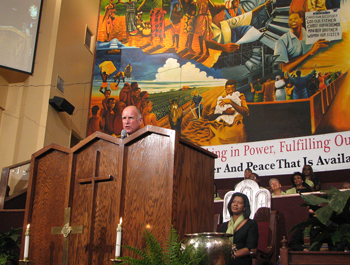
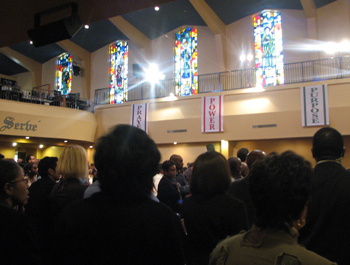 Brown is no stranger to speaking to religious audiences, as he was at one time in the seminary himself. Speaking to the large congregation appeared to energize him, even though he had just been ushered into the building moments before, running late after speaking at another church.
Brown is no stranger to speaking to religious audiences, as he was at one time in the seminary himself. Speaking to the large congregation appeared to energize him, even though he had just been ushered into the building moments before, running late after speaking at another church.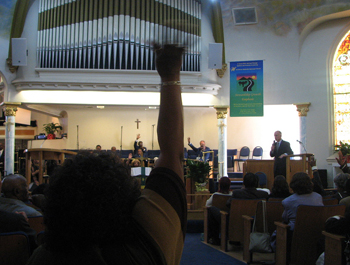 Ward African Methodist Episcopal Church offered a smaller, but no less enthusiastic audience for Brown. His speech became folksier and he spoke on a more intimate level to the church members, who at this point were already two hours into a church service.
Ward African Methodist Episcopal Church offered a smaller, but no less enthusiastic audience for Brown. His speech became folksier and he spoke on a more intimate level to the church members, who at this point were already two hours into a church service.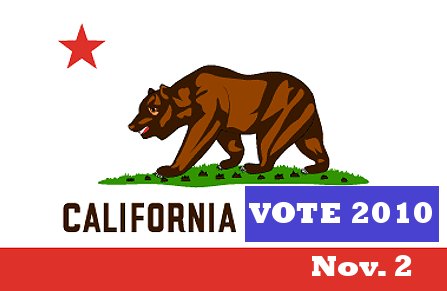
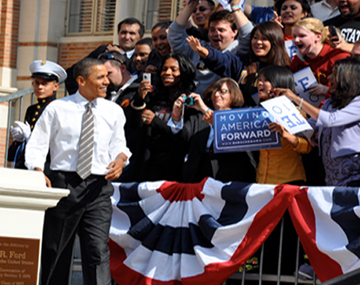 Esaul Parra (standing behind President Obama) watches the President as he walks onstage at a rally on the USC campus.
Esaul Parra (standing behind President Obama) watches the President as he walks onstage at a rally on the USC campus.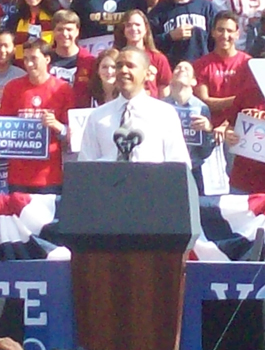 At 2:05 pm on Friday, President Barack Obama stepped to the podium placed on the steps of Doheny Library at the University of Southern California.
At 2:05 pm on Friday, President Barack Obama stepped to the podium placed on the steps of Doheny Library at the University of Southern California. 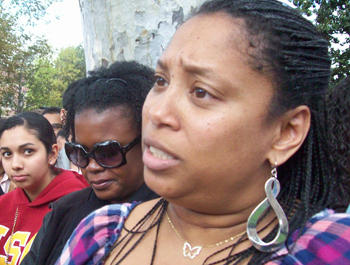 For the majority of the audience, Obama was the big draw to the rally. Supporters were adorned in “Yes We Can” T-shirts and Obama blankets.
For the majority of the audience, Obama was the big draw to the rally. Supporters were adorned in “Yes We Can” T-shirts and Obama blankets.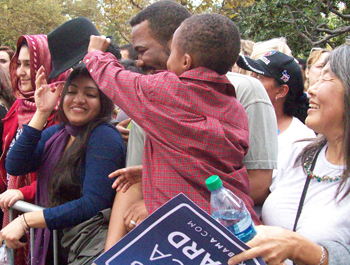 Pilar Posada, a West Covina resident, spoke out against the economic downfall.
Pilar Posada, a West Covina resident, spoke out against the economic downfall.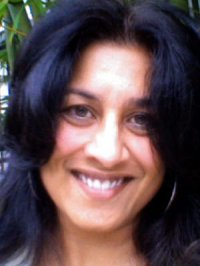 By Sujata Bhatt, a teacher at Grand View Elementary
By Sujata Bhatt, a teacher at Grand View Elementary




